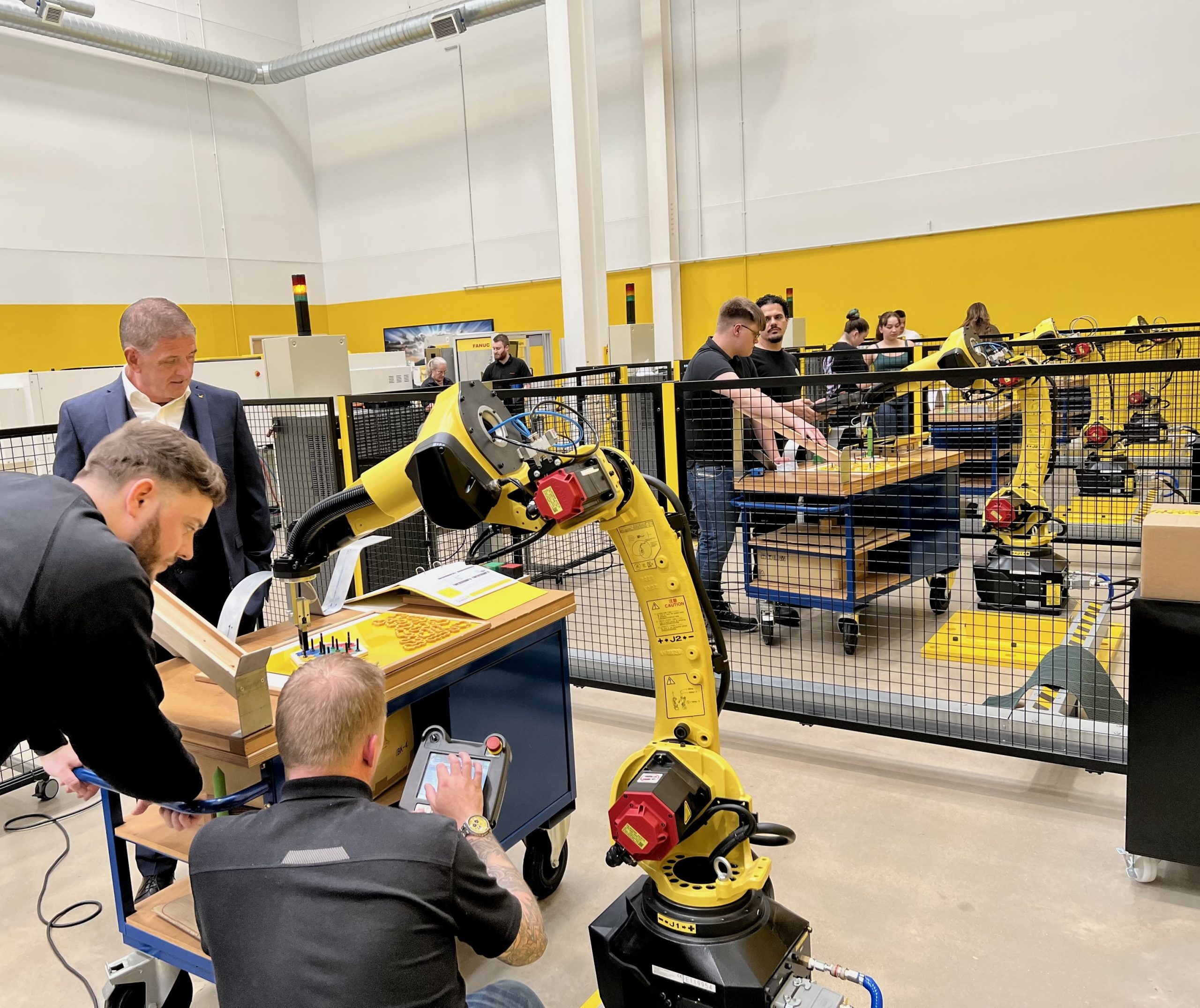In 2022, AI will make the transition from novelty to need. The following are some of the hallmarks of developing technology.
Artificial Intelligence (AI) appears to be firmly planted at the top of the list for CIOs of the many technologies with the potential to bring considerable value shortly. 95% of CIOs, CTOs, and other technology experts assessed by IEEE agreed that AI will drive the bulk of innovation across nearly every industry area in the next five years.
In 2022, artificial intelligence will transition from the experimental to the fundamental phase of its development. According to Jerry Kurtz, executive VP, Analytics & Data at Capgemini Americas, “the focus is shifting more toward AI-enabled innovation that tackles more complex business issues with business-focused solutions.” “Artificial intelligence is a game-changer and potent capabilities, but the era of proofs of notion and research projects is drawing close. Larger, more tactically significant, and more mission-critical AI engagements are expected in 2022, focusing on scalability.
That is difficult for most chief information officers to handle. Many enterprise IT firms are novices when compared to the technology giants when it refers to artificial intelligence. Everest Group partner Yugal Joshi states, “AI adoption continues to gather traction but is still in infancy.” Given the breadth of AI’s potential applications, “one of the primary problems facing CIOs is to guarantee they are engaging in the proper use cases that deliver the maximum ROI.” Before starting you can check the difference between Strong AI Vs Weak AI
Next steps in artificial intelligence
IT managers would be well to watch some emerging AI topics this year against this background.
1. Data manipulation is a priority.
Most businesses are still in the early stages of their use of AI. Compared to Google and Facebook, they spend time and energy on data wrangling. The current data pipelines they need to construct.
Erik Brown, a senior associate in software at West Monroe, explains that “most AI models are ravenous for large amounts of data” and that businesses, therefore, need “flexible data pipelines” that can adapt to powerful software of source information, integrate framework and large datasets, and deliver it to data researchers reliably and accurately. For more scalable data lakes, it is necessary to supplement conventional ETL (extract, transform, and load) and database storage. In many cases, real-time data streams must be provided for processing.
2. Process discovery automation increases RPA
Streamlining is the way of the future. Leaders in large organizations can see what their organization could look like with more automated processes thanks to recent advancements in process discovery technology. Although these technologies aren’t solely aimed at automating processes, ISG director Wayne Butterfield says they will reveal insights about the business’s operations that couldn’t be gleaned any other way. Butterfield claims that process mining, assignment mining, and the soon-to-be-developed conversation mining enable “lean on steroids,” providing the company with more discretionary tools for building an RPA pipeline. To further intelligent automation, “these technologies will come to the fore in 2022.” Visit talkie-ai.com to learn more about AI Chatbots.
3. AI facilitates efficient supply networks
As time progresses, intelligent supply chain solutions should become the norm rather than the exception. According to Kurtz of Capgemini Americas, “supply chains will need to be consistently changed, AI-enabled, and most crucially future-proofed” by 2022. This applies to all aspects of supply chain management.
4. Customer-facing AI innovations.
During the pandemic, “AI use increased in customer-facing positions like virtual agents,” adds Joshi of Summit Group. This, however, will evolve and become more sophisticated in the years to come.
5. Natural Language Generation (NLG) goes mainstream
Recently, Open AI made available through API its GPT-3 linguistic model, which is utilized by hundreds of apps. GPT-3, the most well-known NLG system, may be put to work in various contexts, from translating human speech into computer code to creating answers to frequently asked questions, all of which necessitate an in-depth knowledge of the language.
According to ISG’s Butterfield, natural language generation (NLG) is beginning to alter the creative writing landscape by creating text from content data sources. The applications of GPT 3 are vast, ranging from the production of software code to the generation of unique trained data for natural language processing and conversational AI platforms. By 2022, NLG is expected to have been widely adopted.
6. Shortages of talent hinder progression.
Rapid developments in AI have made talent management a critical competitive differentiation for enterprise IT companies. According to Kurtz of Capgemini Americas, “this will have to include world-class hiring and retention related programs that encourage inclusion and a continuous improvement culture.” Finding work was no more difficult for those with AI-related talents, and this market is likely to persist for the foreseeable future. So, strategic alliances among many businesses and sectors will be essential.
7. AI transforms IT productivity
Human IT professionals will be overwhelmed by the power and complexity of tomorrow’s IT infrastructure. According to Joshi of the Everest Group, “another area of growing AI usage will be managing new systems as CIOs are constructing.” Humans alone are not capable of controlling these systems. AI will enable these systems’ detection accuracy, intervention, and detailed analysis. Specifically, Joshi wants immediate, effective measures to respond to his situation.
Given the recent interest in generative AI, assistance in app development is to be expected as well. To “fundamentally improve developer’s productivity,” as Joshi puts it, “CIOs will start exploring AI applicability within the engineering organization in 2022.” He points out that this topic has been studied for quite some time, but that significant advances have only been made in recent years.
Wrapping Up
“AI use surged in customer-facing jobs like virtual agents,” This will improve over time. Open AI recently made their GPT-3 linguistic model API-accessible. GPT-3, the most well-known NLG system, can translate human speech into computer code and create FAQs, both of which require in-depth language expertise.







